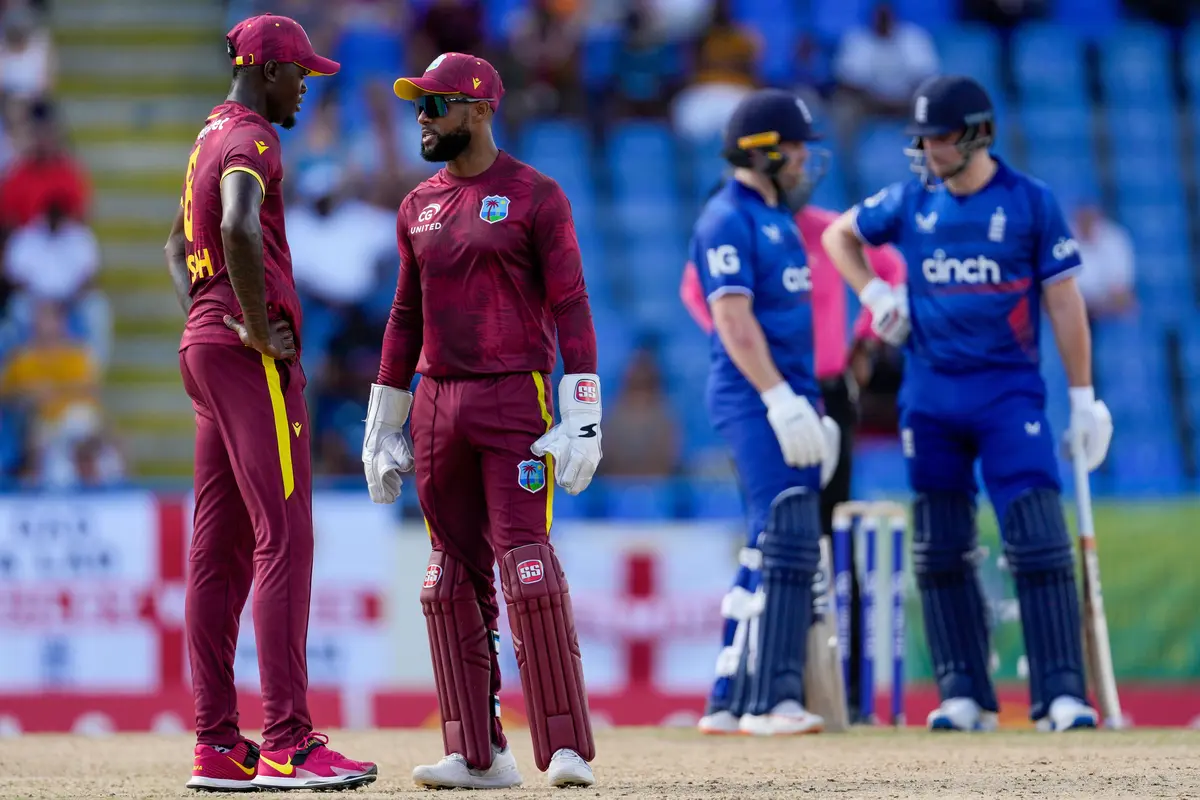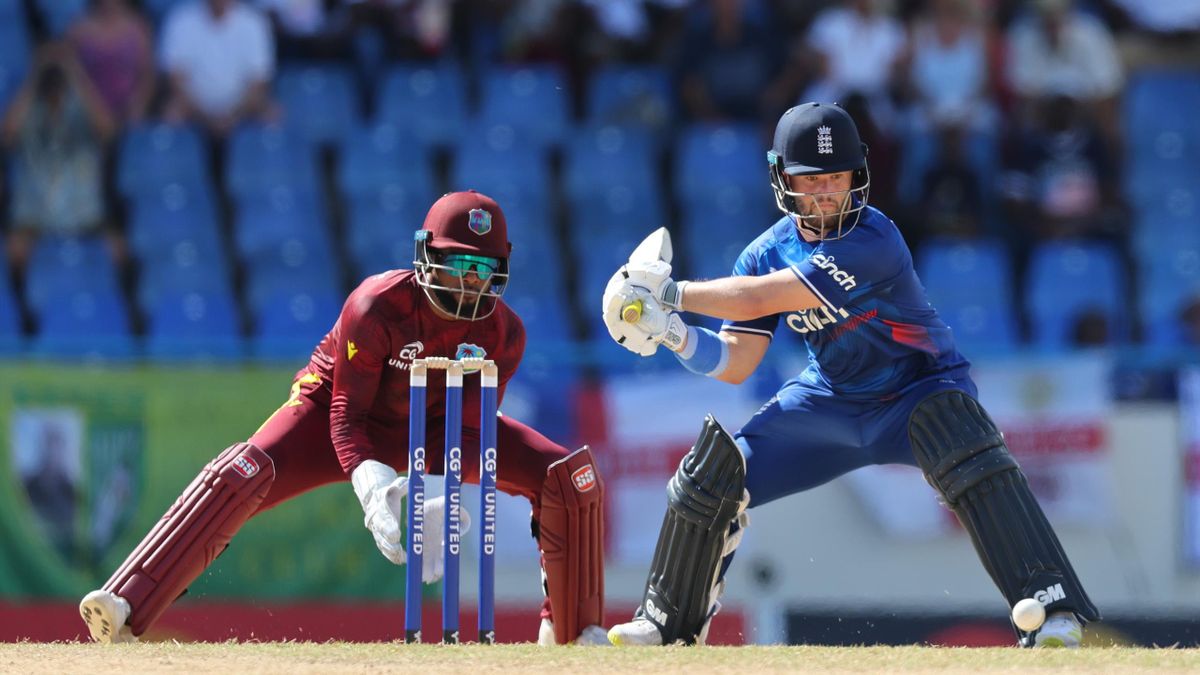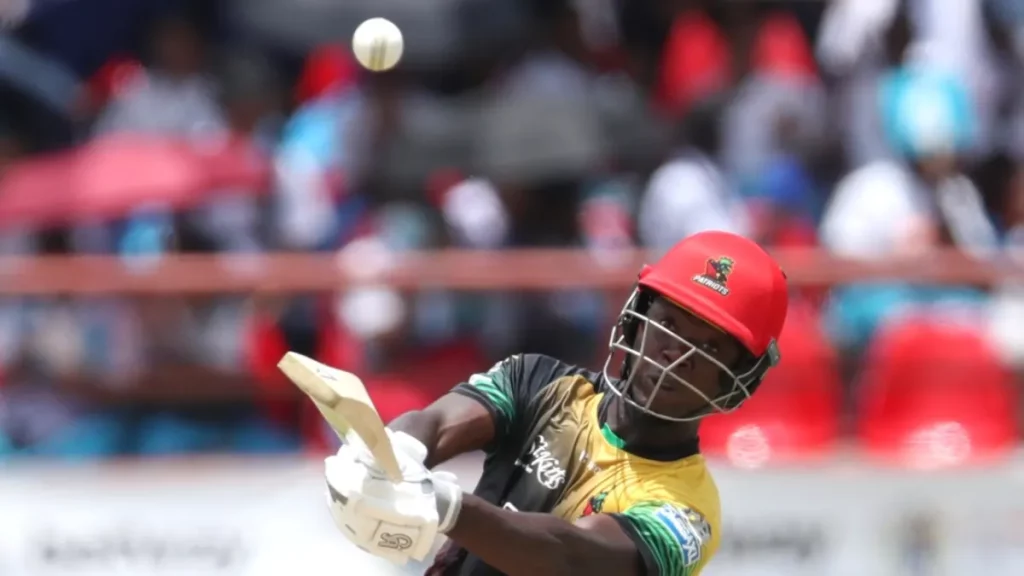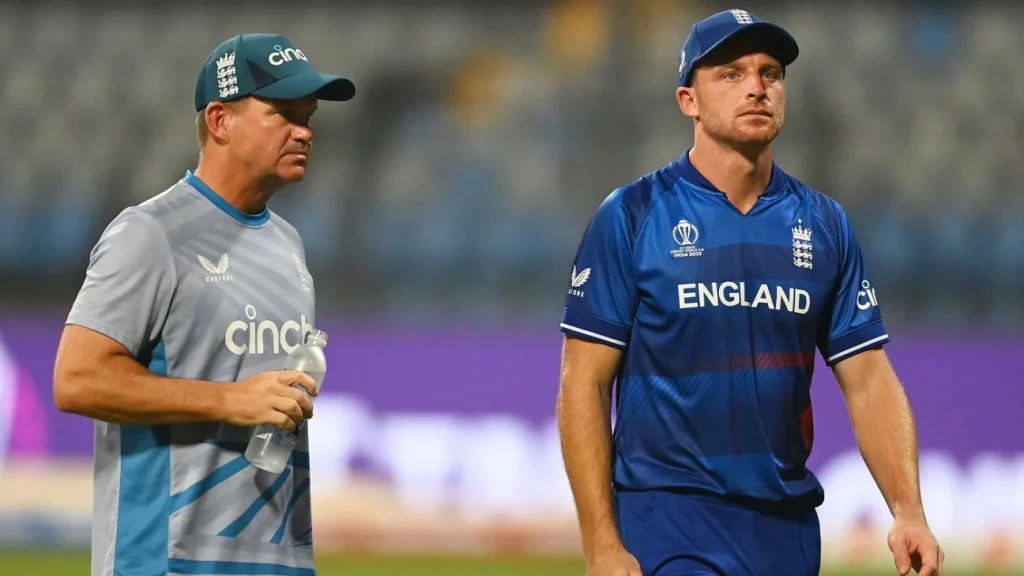The opening match of the ODI series between England and the West Indies at the Sir Vivian Richards Stadium in Antigua marked the beginning of a new chapter in white-ball cricket.
England, the 2019 50-over champions, entered the game with a revamped team, featuring a mix of experienced players and fresh talent.
This match was not just about the immediate result but also about setting a tone for future campaigns, especially with an eye on the 2027 ODI World Cup.
England’s Strategy
Winning the toss and opting to bat first, England’s decision was influenced by the pitch conditions, which were expected to remain consistent throughout the match.
The team’s composition reflected a strategic blend of batting prowess and versatile bowling options, with Liam Livingstone and Will Jacks providing additional slow bowling choices.
West Indies’ Approach

The host team, West Indies, showcased a squad that balanced youth and experience.
Their selection, influenced by performances in the Super 50 tournament, included ODI debutant Sherfane Rutherford.
The choice of two spinners, Yannic Cariah and Gudakesh Motie, highlighted their strategy to exploit the pitch conditions.
England’s Batting Line-up
The English batting order, led by captain Jos Buttler, featured promising talents like Harry Brook and Phil Salt.
Their performance was crucial in setting a competitive target. The role of debutants and young players in adapting to the ODI format was a key aspect to watch.
West Indies’ Bowling Attack
The West Indies’ decision to include two spinners was a tactical move considering the pitch conditions.
The performance of their fast bowlers, coupled with the spin duo, was pivotal in restricting England’s scoring.
Understanding the Teams’ Bowling Strategies

The match presented an interesting tactical battle between the spin bowling of the West Indies and the pace attack of England.
The effectiveness of spin on the Antiguan pitch was a critical factor, with both teams looking to exploit any available turn and bounce.
England’s decision to include Livingstone and Jacks as supplementary slow bowlers was a testament to their flexible strategy.
Long-Term Implications and Future Prospects
This match was more than just the start of a series; it was the beginning of a journey towards the 2027 ODI World Cup.
For England, it was an opportunity to rebuild and redefine their white-ball approach following their World Cup campaign.
For the West Indies, it was a chance to develop a team capable of competing at the highest level, with a focus on nurturing young talent.
Conclusion: A Test of Strategy and Adaptation
The first ODI between England and the West Indies was not just a contest of runs and wickets but a deeper test of strategy, adaptation, and long-term planning.
The performances in this match, from individual displays to team tactics, offered valuable insights into the direction both teams are heading.
As they embark on their respective journeys towards the 2027 World Cup, the lessons learned and the strategies employed in this match will play a crucial role in shaping their future in international cricket.




